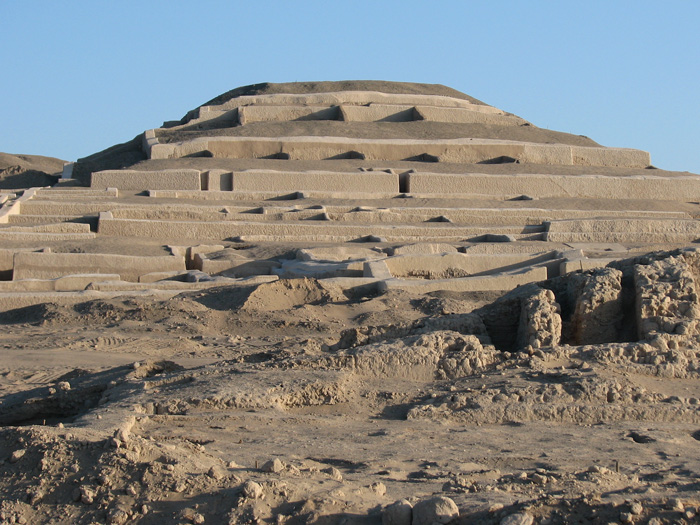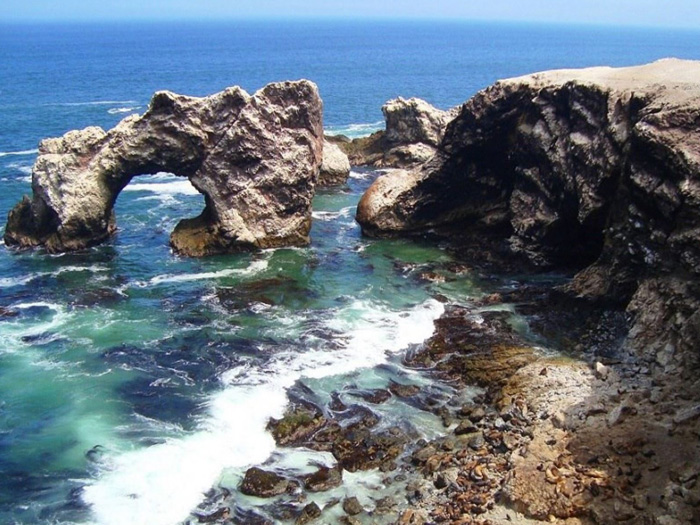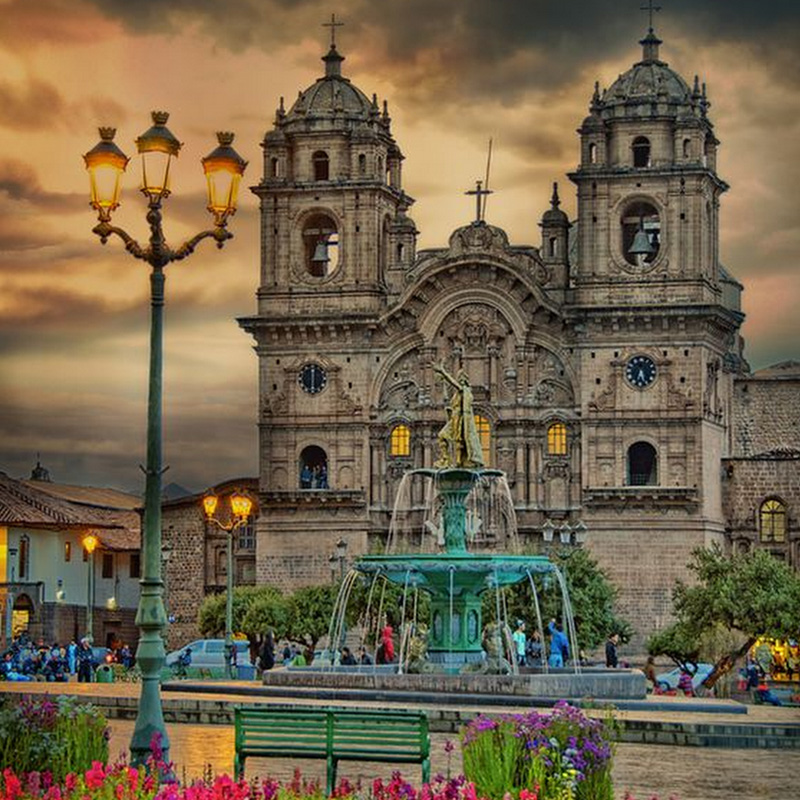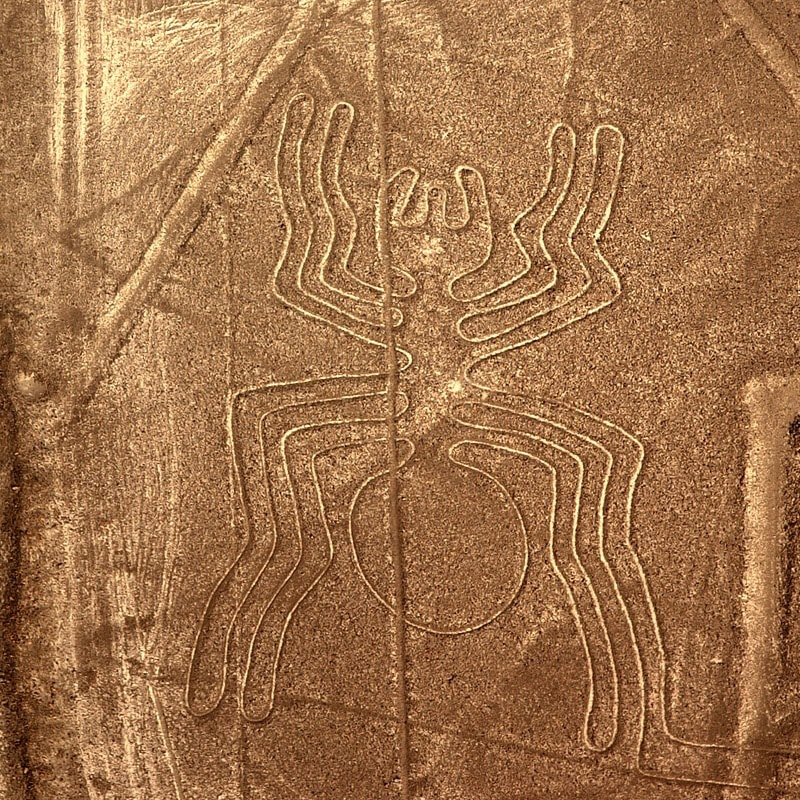Nazca
SHARE
Linee di Nazca
Nazca is, perhaps, one of the most famous cities of Peru due to the presence of its famous lines whose realization and their meaning are, to date, the object of various hypotheses and myths. What has been found is that the lines can be divided into three chronological phases: the Chavín period (500-300 ac), the Paracas period (400-200 ac) and the Nazca phase (200 ac-500 dc) which produced the great majority of lines.
These lines are geoglyphs, lines drawn on the ground, of the Nazca desert, an arid plateau that stretches for about eighty kilometers between the cities of Nazca and Palpa, in southern Peru. The more than 13,000 lines form over 800 drawings, which include the stylized profiles of common animals in the area (the whale, the parrot, the lizard over 180 meters long, the hummingbird, the condor and the enormous spider about 45 meters).
The lines are drawn by removing the stones containing iron oxides from the desert surface, thus leaving a contrast with the lighter gravel below.
The Nazca plain is not windy and the climate is quite stable so the giant designs have remained intact for hundreds of years.
Cahuachi Ceremonial Center
 Cahuachi Ceremonial Center located about 30 km from the city itself.
Cahuachi Ceremonial Center located about 30 km from the city itself.
This archaeological site has fascinated me for two main aspects. The first is that it is a ceremonial center, with annexed necropolis, in the middle of the desert and is further proof of the human ingenuity and adaptability that has been transmitted over the centuries.
The second reason is that the excavations and the restoration of this site have the Italian hand of Giuseppe Orefici who has lived in Nazca for more than thirty years and continues this activity.
San Fernando Bay
 The bay of San Fernando, located 70 km southeast of the city of Nazca on the shores of the Pacific Ocean, is the refuge for many animals that have found in this place a perfect habitat to reproduce, like the Condor Andino, the sea otter , the Humbold penguins (also present in the Islas Ballestas), the flamingos, the cormorants and numerous other species.
The bay of San Fernando, located 70 km southeast of the city of Nazca on the shores of the Pacific Ocean, is the refuge for many animals that have found in this place a perfect habitat to reproduce, like the Condor Andino, the sea otter , the Humbold penguins (also present in the Islas Ballestas), the flamingos, the cormorants and numerous other species.
It is a marine paradise without equal in Peru that hosts not only marine species but also the South American camelid called guanaco that thrives on the surrounding hills. A visit to the bay will be an unforgettable memory that will remain engraved in all of you, a wonderful adventure in the desert able to give intense emotions.
Discover Nazca


